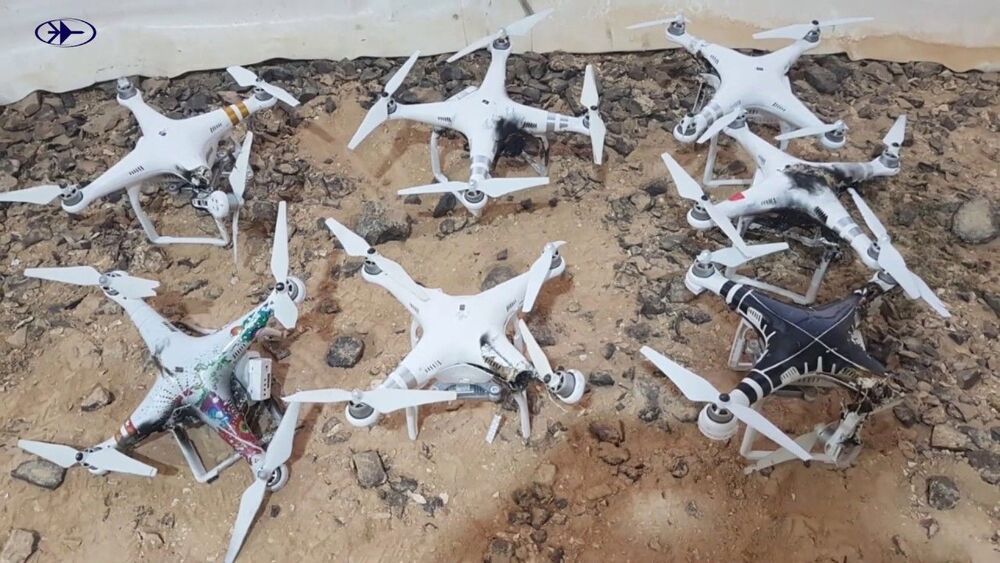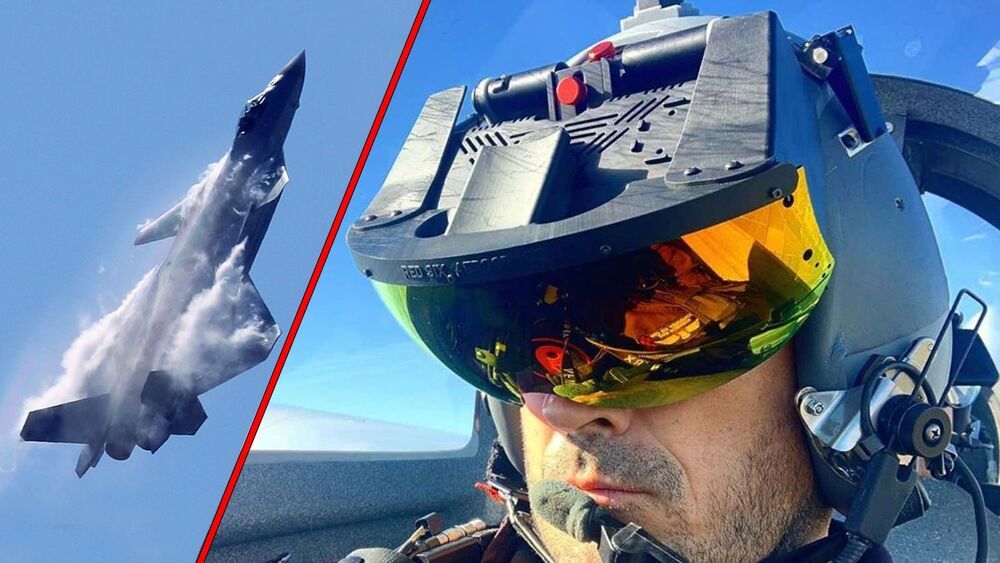“This presents a potential way of reliably measuring, for instance, the mental overload of an individual, of a soldier,” Krim said.
If the algorithm detects behavior indicating a soldier is stressed or overloaded, then a machine could alert that soldier before they are even able to recognize their own fatigue, Krim said. Improving self-awareness is central to the Army’s interest in this research, he added.
The research is part of an effort to establish a machine-brain interface. Eventually, Krim said, this research may contribute to the development of technology that can not only interpret signals from the brain but also send signals back to help individuals take automatic corrective action for certain behaviors, he added.


 Read best-in-class military features and get unlimited access to the weird world of Pop Mech, starting NOW.
Read best-in-class military features and get unlimited access to the weird world of Pop Mech, starting NOW.






